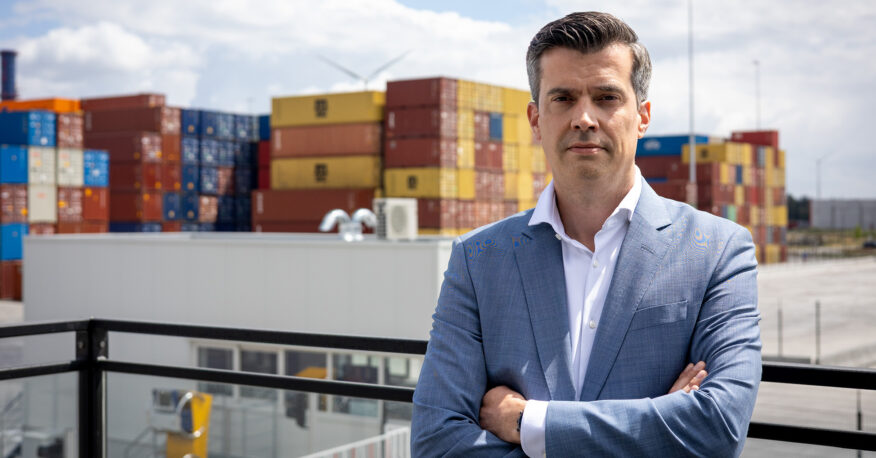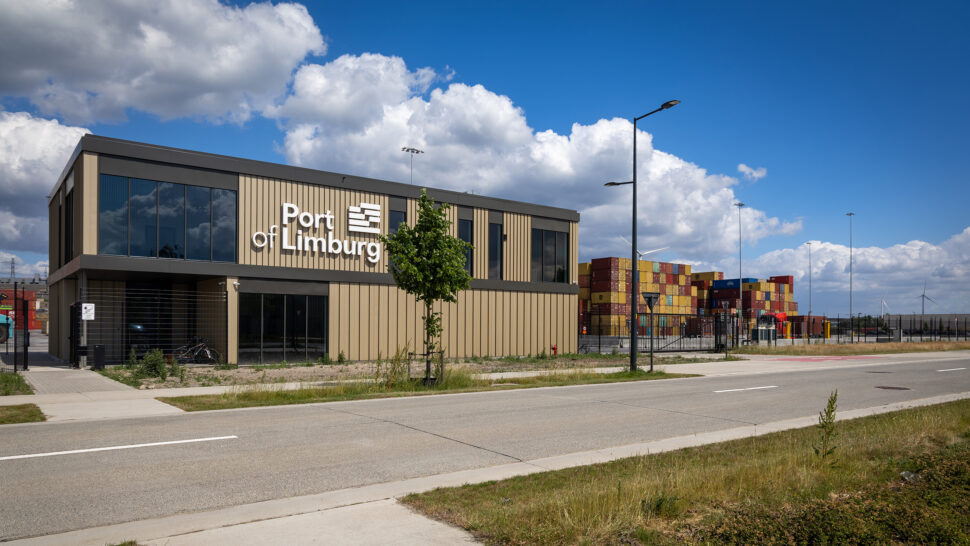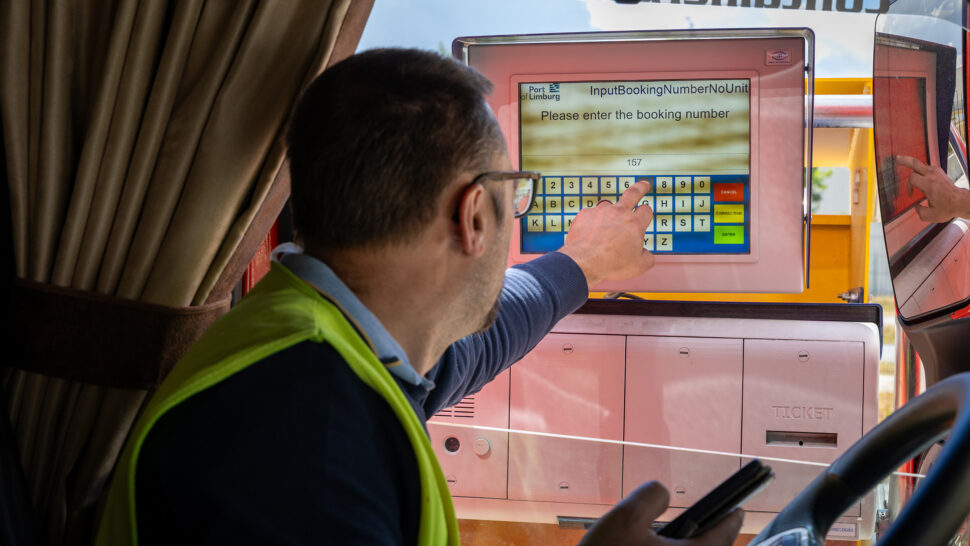
Leading the way in inland terminal innovation
Port of Limburg is setting new standards in automation, compliance, and secure container handling.
Port of Limburg may be an inland terminal, but its ambitions match those of Europe’s largest seaports. Strategically located in Genk, the terminal plays a vital role in connecting the hinterland to the ports of Antwerp and Rotterdam. Its focus is clear: container logistics—delivered faster, smarter, and more securely.
“Our mission is to provide a wide range of value-added services in container handling,” says Benjamin Hermans, CEO of Port of Limburg. “We aim to provide an answer to every question linked to the container business.”
From Haven Genk to Port of Limburg
Live since March 2025, Port of Limburg took a major step forward by acquiring the container operations of Haven Genk and relocating them across the canal. The initial annual volume of 75,000 TEU marks only the beginning. The terminal is aiming for rapid expansion, targeting 350,000 TEU per year. To support this ambitious growth, Port of Limburg is investing heavily in automation and operational efficiency.

Bringing seaport efficiency inland
One of the terminal’s most forward-thinking initiatives has been the implementation of an automated gate system—a concept common at seaports but still rare in inland shipping.
“We installed the automated gate to ensure smooth throughput. It’s a necessity for efficiency—not just a nice-to-have,” notes Hermans.
Equipped with portals that capture data on containers, trucks, and trailers even before they enter the site, the system minimizes delays and enables automatic damage detection—helping to resolve disputes with greater accuracy and speed.
Setting the standard in security and compliance
Efficiency is only part of the equation. Port of Limburg is also placing strong emphasis on compliance and security—two areas where the terminal aims to stand out.
From supply chain regulations and GDP standards to hazardous goods protocols, compliance is seen as a key differentiator. The implementation of Secure Container Release (SCR) is a prime example. In partnership with Camco Technologies, T-mining and Itsme, the terminal has introduced biometric driver identification to ensure that only authorized individuals can collect containers.
“Security isn’t just about keeping the bad guys out,” says Hermans. “It’s about protecting our people, our clients, and the surrounding community.”


Applying seaport best practices
Rather than starting from scratch, Port of Limburg draws inspiration from the practices of major seaport terminals. The goal is to adapt proven solutions and apply them in an inland context.
“Seaport terminals are often ahead in terms of automation and efficiency,” explains Hermans. “We see it as an opportunity to learn and lead by adopting their best practices.”
Collaborating with experienced technology providers allows Port of Limburg to bridge the innovation gap and apply scalable solutions to its inland operations.
Innovation with impact
At Port of Limburg, innovation isn’t about flashy tech for the sake of. Every technological investment must deliver real operational and economic value.
“Automation isn’t window dressing for us,” says Hermans. “It must work—and it must make a difference.”
As the terminal continues to expand, its commitment to meaningful innovation, strong partnerships, and practical security measures positions it as a trailblazer in the inland container logistics sector.